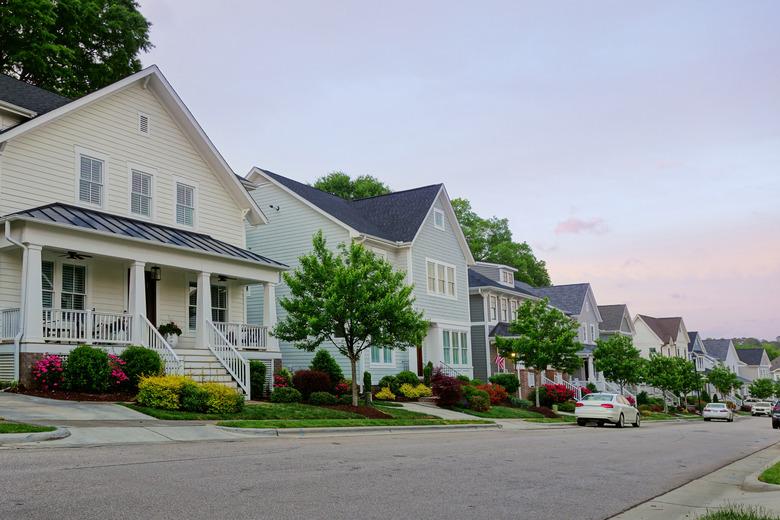Houses Are Lasting Longer On The Market, But Is That Actually Good For Buyers?
Over the summer, the real estate market made a startling adjustment and saw the average days on market creep up. This was a drastic change to what both sellers and buyers had become accustomed to since 2020, when the majority of houses were snapped up almost immediately after hitting the market (and often went for more than asking). But what does this change mean for buyers? According to one pro, it's actually good news all around.
Homes Are Spending More Time on the Market
According to data from the National Association of Realtors, home sales are on the fifth straight month of decline. However, an adjustment like this isn't too unusual when it comes to this time of the year. Many people plan their moves before school starts, and the number of new homes being listed generally dips before the holiday season begins. But when you take into consideration that the real estate market hasn't exactly had an "off season" since 2020, this news marks a noticeable change of direction.
Does an Increase in DOM (Days on Market) Mean Relief for Buyers?
Many buyers may see the changes in the market and wonder if the shifting tide means now is a bad time to buy. However, Beatrice de Jong, consumer trends expert and broker at Opendoor, says just the opposite could be true. "If a home sits on the market for a long time, it could be an indication that the seller has set unreasonable expectations, giving the buyer more leverage," she says. "With the recent 2,750% increase in Google search volume for 'sell my home fast,' it's clear that sellers are eager to get their home purchased and don't want to run up the DOM [days on market]."
Her advice for buyers is to use this to your advantage when negotiating price.
What Do Today’s Buyers Need to Know About DOM?
With the prolonged "seller's market" combined with the back-to-back rate hikes from the Federal Reserve Board (aka the Fed), there was bound to be a shift in the real estate market.
While experts are hopeful that the Fed's attempts to stave off a recession and cool inflation worries by increasing rates will help consumers deal with sticker shock everywhere from the grocery store to the gas pump, it has definitely caused those looking to make major purchases (like a new home) to pump the brakes. That pause may be good news for those who remain in a good position to buy now, since they're likely going to find themselves with a whole lot less competition, at least in the near future.
Watch for Red Flags When Looking at ‘Stale’ Properties
So, when you're looking at houses and you see one that has a higher-than-average DOM, what should your move be? Sometimes, there are very good reasons a home is sitting on the market longer than average, and they can go beyond a seller's inflated view of what their property is worth. This is why it's important to consider why your fellow buyers aren't snatching up these available houses (which can go by the nickname of "stale" properties).
Occasionally, a home may need more updates than are warranted in its price range, while other times, buyers may have noticed repairs or issues that will be too extensive or expensive to remedy. Often, there are external things that make the property less desirable than some of the others around town — many people will pass over homes that sit on main roads or across from busy retail locations or even those close to high tension lines — which can impact resale value down the line. In other words: Whenever you see something that looks like it may be too good to be true (like a house within your price range that is miraculously still available 45 days after hitting the market), there's usually a reason.
